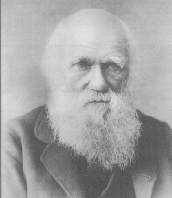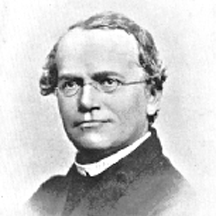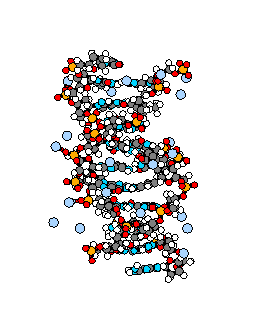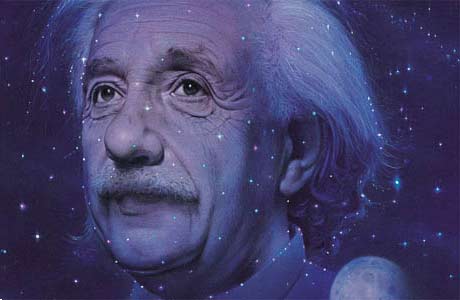 At the end of the 18th
and beginning of the 19th centuries, there was a growing realization that
living things changed through time. Ideas about what actuated those
changes crystallized into a formal theory through the insights of Charles Darwin and Alfred Russel Wallace, who (in the
mid-19th century) both suggested that the dynamism of life and its
evolutionary changes were the result of natural selection. Within a few
years of the publication of Darwin's book, the evolutionary change of living things
had been firmly established, despite the continuing attack of those who
clung to a pre-Darwinian world view. Acceptance of the idea of natural
selection driven by the inheritance of variable characteristics came
later.
At the end of the 18th
and beginning of the 19th centuries, there was a growing realization that
living things changed through time. Ideas about what actuated those
changes crystallized into a formal theory through the insights of Charles Darwin and Alfred Russel Wallace, who (in the
mid-19th century) both suggested that the dynamism of life and its
evolutionary changes were the result of natural selection. Within a few
years of the publication of Darwin's book, the evolutionary change of living things
had been firmly established, despite the continuing attack of those who
clung to a pre-Darwinian world view. Acceptance of the idea of natural
selection driven by the inheritance of variable characteristics came
later.
 By
the mid-20th century, the genetic basis of heredity, initiated by
By
the mid-20th century, the genetic basis of heredity, initiated by  the
plant breeding experiments of Gregor Mendel, explained variation and
its inheritance in the context of an evolving population of individuals.
In 1953, nearly a century after the publication of Darwin's On the
Origin of Species, James Watson and Francis Crick identified DNA as the molecular structure through which the genetic
code forms the basis of inheritance.
the
plant breeding experiments of Gregor Mendel, explained variation and
its inheritance in the context of an evolving population of individuals.
In 1953, nearly a century after the publication of Darwin's On the
Origin of Species, James Watson and Francis Crick identified DNA as the molecular structure through which the genetic
code forms the basis of inheritance.
Guided by recent discoveries in the physical sciences, our understanding
regarding the nature of our world advanced prodigiously during the 20th
century.  Besides astonishing developments in
mathematics, our knowledge of the world of physics expanded into realms
unimagined in previous centuries. Our new understanding calls on concepts
of quantum theory to describe the particles of the material world of which
everything in the Universe is made. Together with Einstein’s general
theory of relativity, and remarkable instrumental observations gathered
from distant regions of space, an unprecedented view of ourselves and our
Universe has emerged. Quantum mechanics, relativity, and cosmology
characterize a microcosm which changes in rhythm with the changing
macrocosm, with a unifying pattern pervading all. Included in our newly
acquired understanding are:
Besides astonishing developments in
mathematics, our knowledge of the world of physics expanded into realms
unimagined in previous centuries. Our new understanding calls on concepts
of quantum theory to describe the particles of the material world of which
everything in the Universe is made. Together with Einstein’s general
theory of relativity, and remarkable instrumental observations gathered
from distant regions of space, an unprecedented view of ourselves and our
Universe has emerged. Quantum mechanics, relativity, and cosmology
characterize a microcosm which changes in rhythm with the changing
macrocosm, with a unifying pattern pervading all. Included in our newly
acquired understanding are:
- The Universe has not existed forever, but had a distinct beginning
about 14 billion years ago.
- All stars advance through cycles of birth, maturity, and death -
much like living forms on Earth.
- Innumerable stars have perished to create the matter now
constituting our world.
- We ourselves are made of atoms that were fused in the cores of
now-expired stars.
- Life probably arises naturally from nonliving matter, given the
proper ingredients and sufficient time.
From this new understanding, it has become possible to appreciate how
all things - from atoms to roses, from galaxies to people - are related.
At the core of this emerging reality lies unrelenting change, the common
basis in evolution. From stars and planets to every aspect of life itself,
evolution is inherent in all objects, societies, civilizations, and
institutions.